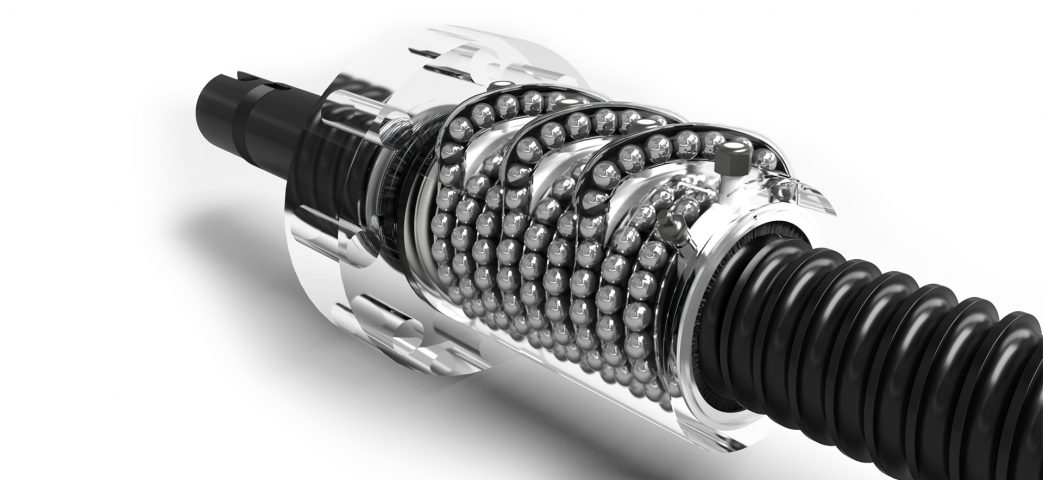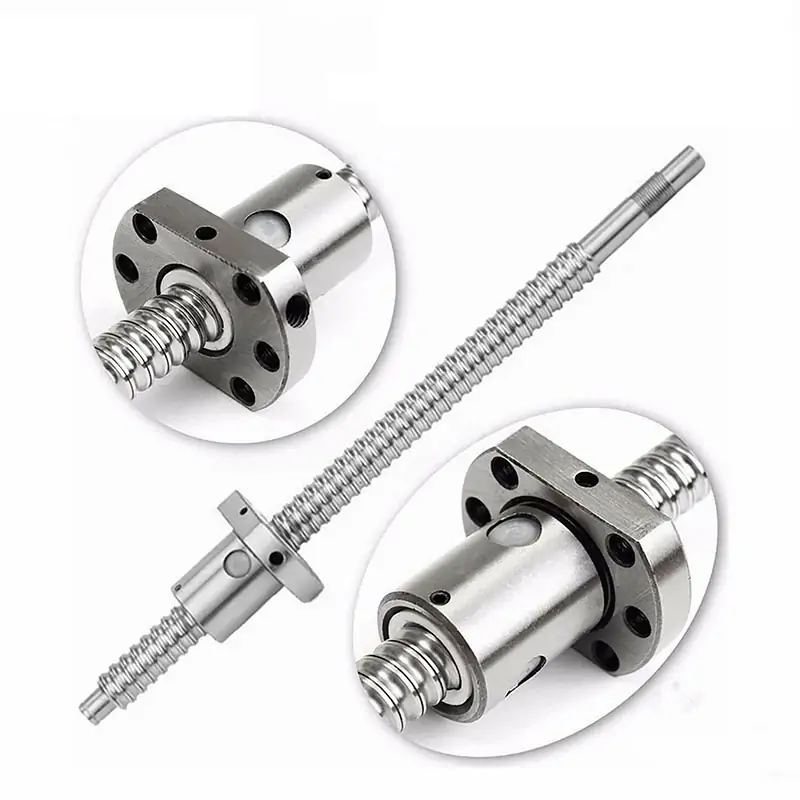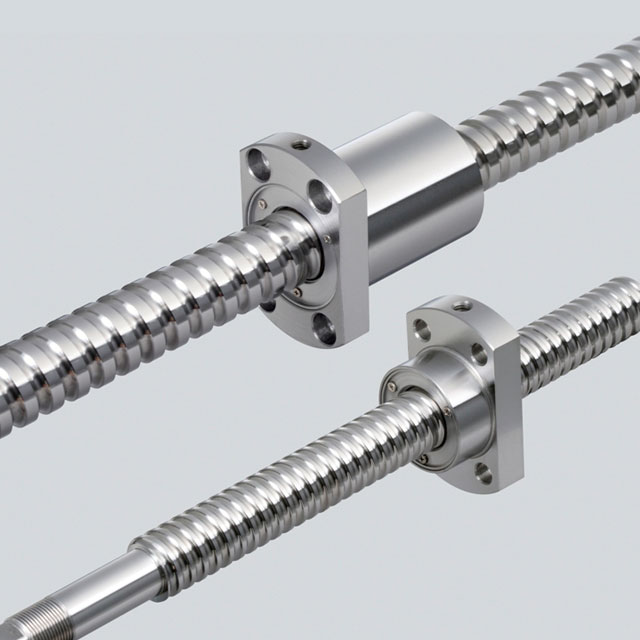Product Description
| Chemical composition | ||||||
|
Material |
C |
Si |
Mn |
P |
S |
Cr |
| AISI 52100 | 0.95-1.05 | 0.15-0.35 | 0.25-0.45 | 0-0.571 | 0-0.02 | 1.4-1.65 |
FAQ
1.Can you provide sample free?
Yes ,we can provide free samples with in 0.5kg.
2.What kind of payment terms you can accept?
We can accept T/T,L/C, Western Union and Paypal.
3.What about your steel ball’s quality?
We pride ourselves on the exceptional quality of our steel balls. Our commitment to delivering top-tier products is evident throughout the entire manufacturing process. Every steel ball undergoes rigorous scrutiny, with a comprehensive 100% inspection conducted before shipment. Rest assured, our dedication to quality assurance ensures that you receive products of the highest standard.
4.What’s your packing method?
A) Inner packing: Dry packing or oil packing are provided according to you needs.
B) Outer packing:
1)volatile rust preventive paper + poly bag + iron drum + wooden / iron pallet.
2)25kg poly bag + carton + wooden pallet or wooden box.
3)customized packing.
5.What’s your delivery time?
Within 3-30 days according to your required size and quantity. For customisation, please contact us by inquiry.
6.Is your steel ball competitive?
Yes, We are steel ball manufacture more than 30+ years.
/* January 22, 2571 19:08:37 */!function(){function s(e,r){var a,o={};try{e&&e.split(“,”).forEach(function(e,t){e&&(a=e.match(/(.*?):(.*)$/))&&1
| Customized: | Customized |
|---|---|
| Certification: | ISO, Reach |
| Standard Parts: | Yes |
| Samples: |
US$ 0.1/Piece
1 Piece(Min.Order) | Order Sample steel ball
|
|---|
| Customization: |
Available
|
|
|---|
.shipping-cost-tm .tm-status-off{background: none;padding:0;color: #1470cc}
|
Shipping Cost:
Estimated freight per unit. |
about shipping cost and estimated delivery time. |
|---|
| Payment Method: |
|
|---|---|
|
Initial Payment Full Payment |
| Currency: | US$ |
|---|
| Return&refunds: | You can apply for a refund up to 30 days after receipt of the products. |
|---|

What are the cost considerations when choosing screw balls for a project?
When selecting screw balls, there are several cost considerations that should be taken into account to ensure an optimal balance between performance, quality, and affordability. Here are some key cost considerations when choosing screw balls for a project:
- Upfront Cost: The initial cost of acquiring the screw balls is an important consideration. This includes the cost of the screw ball assembly itself, which consists of components such as the screw shaft, ball nut, ball bearings, and seals. Different manufacturers and suppliers may offer varying prices for similar screw ball configurations, so it is essential to compare prices and evaluate the overall value offered.
- Quality and Reliability: While cost is important, it is crucial to prioritize quality and reliability. Investing in high-quality screw balls that are manufactured with precision and made from durable materials can ensure long-term performance and minimize the risk of premature failure. Cheaper options may have lower quality standards, leading to potential issues such as reduced accuracy, shorter lifespan, or higher maintenance and replacement costs in the long run.
- Application Requirements: The specific requirements of the project or application should be considered to determine the appropriate screw ball configuration. Factors such as load capacity, speed, accuracy, and environmental conditions can influence the cost. Higher load capacities, tighter tolerances, and specialized features may come at a higher cost. It is important to strike a balance between meeting the application requirements and managing costs effectively.
- Long-Term Cost of Ownership: When evaluating the cost of screw balls, it is important to consider the long-term cost of ownership. This includes factors such as maintenance requirements, lubrication intervals, and expected lifespan. Screw balls that require frequent maintenance or costly lubrication may incur higher operational expenses over time. Additionally, screw balls with longer lifespans and warranties can provide better value by reducing replacement and downtime costs.
- Supplier Support and Services: Consideration should be given to the support and services offered by the screw ball supplier. Factors such as technical assistance, availability of spare parts, and post-sales support can impact the overall cost. A reliable supplier with good customer support can help address any issues that may arise during the project, minimizing potential delays and additional expenses.
- Total System Costs: It is essential to consider the screw balls’ cost in the context of the entire system. Screw balls are typically integrated into larger systems that involve other components, such as motors, drives, and controllers. The overall cost of the system, including installation, integration, and compatibility with existing components, should be evaluated to ensure that the selected screw balls align with the project’s budget and overall cost objectives.
By carefully considering these cost factors, project managers and engineers can make informed decisions when choosing screw balls for their projects. Balancing the upfront cost with quality, long-term cost of ownership, and application requirements will help ensure that the selected screw balls provide optimal performance and value throughout the project’s lifecycle.

How do screw balls differ in design from traditional screws?
Screw balls, also known as ball screws, differ in design from traditional screws in several key aspects. While both serve the purpose of converting rotational motion into linear motion, screw balls are specifically engineered to provide higher efficiency, precision, and load-carrying capacity. Here are the main design differences between screw balls and traditional screws:
- Thread Configuration: Traditional screws typically feature a continuous helical thread that extends along the entire length of the screw. In contrast, screw balls have a specialized thread configuration that combines helical threads with a groove or raceway along the screw shaft. This raceway contains a series of recirculating ball bearings, which act as rolling elements between the screw shaft and the ball nut.
- Ball Bearings: The presence of ball bearings is a fundamental distinction between screw balls and traditional screws. Ball bearings in screw balls enable smooth rolling motion between the screw shaft and the ball nut, reducing friction and improving efficiency. The ball bearings also distribute the load evenly along the length of the screw, allowing for higher load-carrying capabilities compared to traditional screws.
- Accuracy and Precision: Screw balls are designed to provide high levels of accuracy and precision in linear motion applications. The presence of ball bearings minimizes axial play and backlash, resulting in improved positional accuracy and repeatability. Traditional screws, on the other hand, may have more play and can introduce greater variability in motion due to the sliding friction between the screw threads and nut.
- Efficiency: Screw balls are engineered for high efficiency in converting rotational motion into linear motion. The rolling contact between the ball bearings and the raceway reduces frictional losses, resulting in improved power transmission and energy efficiency. Traditional screws, with their sliding contact between the screw threads and nut, tend to have higher frictional losses, leading to lower overall efficiency.
- Load-Carrying Capacity: Screw balls are designed to handle higher loads compared to traditional screws. The presence of ball bearings distributes the load evenly along the screw shaft, reducing localized stress concentrations. This allows for increased load-carrying capacity and improved rigidity, making screw balls suitable for applications requiring higher thrust or axial load capabilities.
- Backlash and Reversibility: Screw balls exhibit lower backlash compared to traditional screws. Backlash refers to the amount of free motion or play between the screw and the nut when changing direction. The presence of ball bearings in screw balls minimizes the backlash, enhancing system responsiveness and accuracy. Traditional screws may have more noticeable backlash due to the sliding contact between the screw threads and nut.
These design differences make screw balls well-suited for applications that demand high precision, efficiency, and load-carrying capabilities in linear motion systems. They are commonly used in various industries, including robotics, CNC machinery, aerospace, and automotive, where accurate and reliable linear motion is essential.
When selecting between screw balls and traditional screws for a specific application, it is crucial to consider the design requirements, load capacity, accuracy needs, and environmental conditions. Consulting the manufacturer’s documentation, technical specifications, or seeking professional advice can help in choosing the most appropriate solution for a given application.

What are the differences between a screw ball and a regular ball bearing?
A screw ball and a regular ball bearing are two distinct components with different functions and applications. Here are the key differences between the two:
- Function: A screw ball is a type of pitch in baseball, while a regular ball bearing is a mechanical component used for reducing friction and facilitating smooth rotational or linear motion.
- Application: A screw ball is used in the sport of baseball as a pitching technique to deceive batters and induce unpredictable movement of the ball. On the other hand, a regular ball bearing is commonly used in various industries, including automotive, manufacturing, machinery, and aerospace, to support and enable smooth motion in rotating or linear systems.
- Design and Construction: A screw ball refers to the way a baseball pitch is thrown, involving a specific grip and throwing motion that imparts unique spin and movement to the ball. It relies on the pitcher’s technique and skill to create the desired effect. A regular ball bearing, on the other hand, is a mechanical component typically made of steel or ceramic. It consists of an inner and outer ring, a set of steel or ceramic balls, and often a cage to maintain ball spacing and improve performance.
- Movement and Behavior: A screw ball in baseball is known for its unpredictable and unconventional movement. It breaks or “screws” away from the pitcher’s arm side, often resembling a combination of a fastball and a curveball. Its erratic movement can make it challenging for batters to anticipate and hit accurately. In contrast, a regular ball bearing is designed to minimize friction and enable smooth rotation or linear motion. It provides stability and reduces wear between moving parts, allowing for efficient and reliable operation.
- Usage and Importance: The screw ball is a specialized pitch used by certain pitchers to add variety and deception to their repertoire. It is not commonly used and requires specific skills to master. Regular ball bearings, however, are widely used in numerous applications where smooth motion, reduced friction, and reliable performance are crucial. They play a vital role in enhancing the efficiency, durability, and overall performance of various mechanical systems.
In summary, the main differences between a screw ball and a regular ball bearing lie in their function, application, design, behavior, and importance. While a screw ball is a baseball pitch known for its unusual movement, a regular ball bearing serves as a mechanical component facilitating smooth motion and reducing friction in various industries.


editor by CX 2024-03-06
Leave a Reply